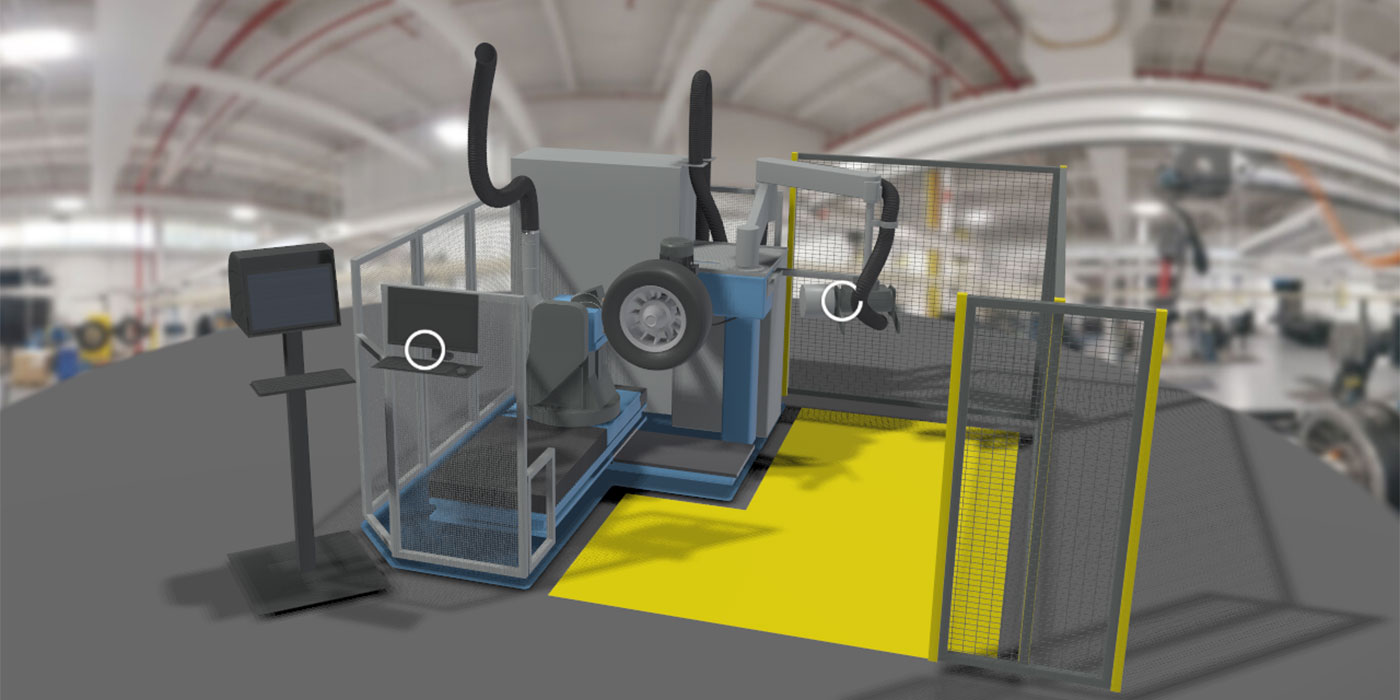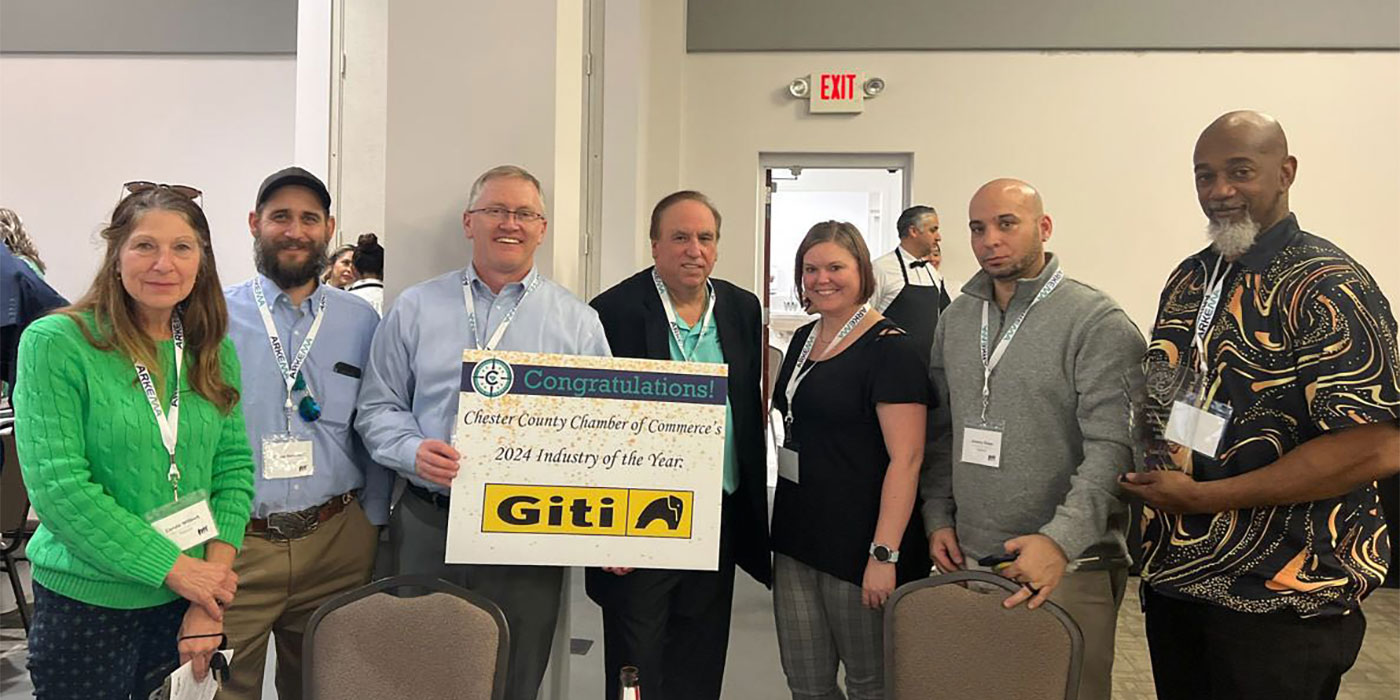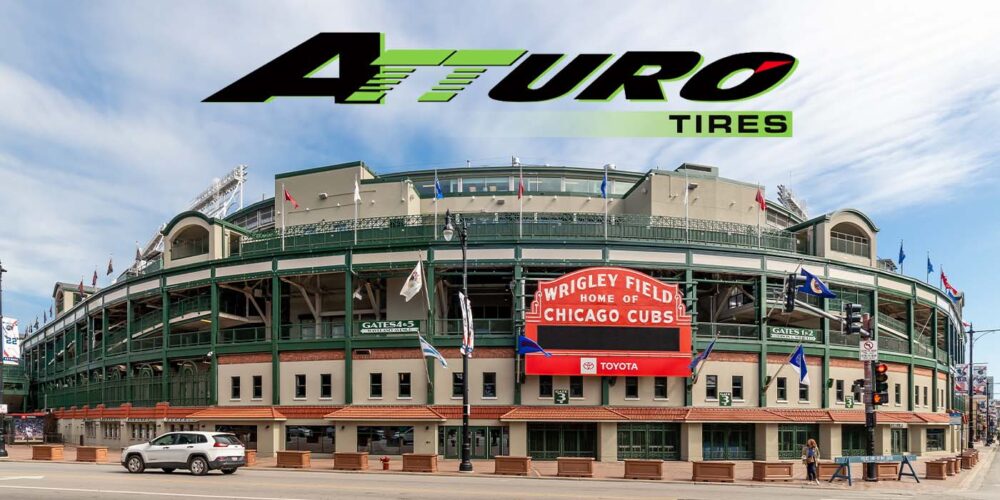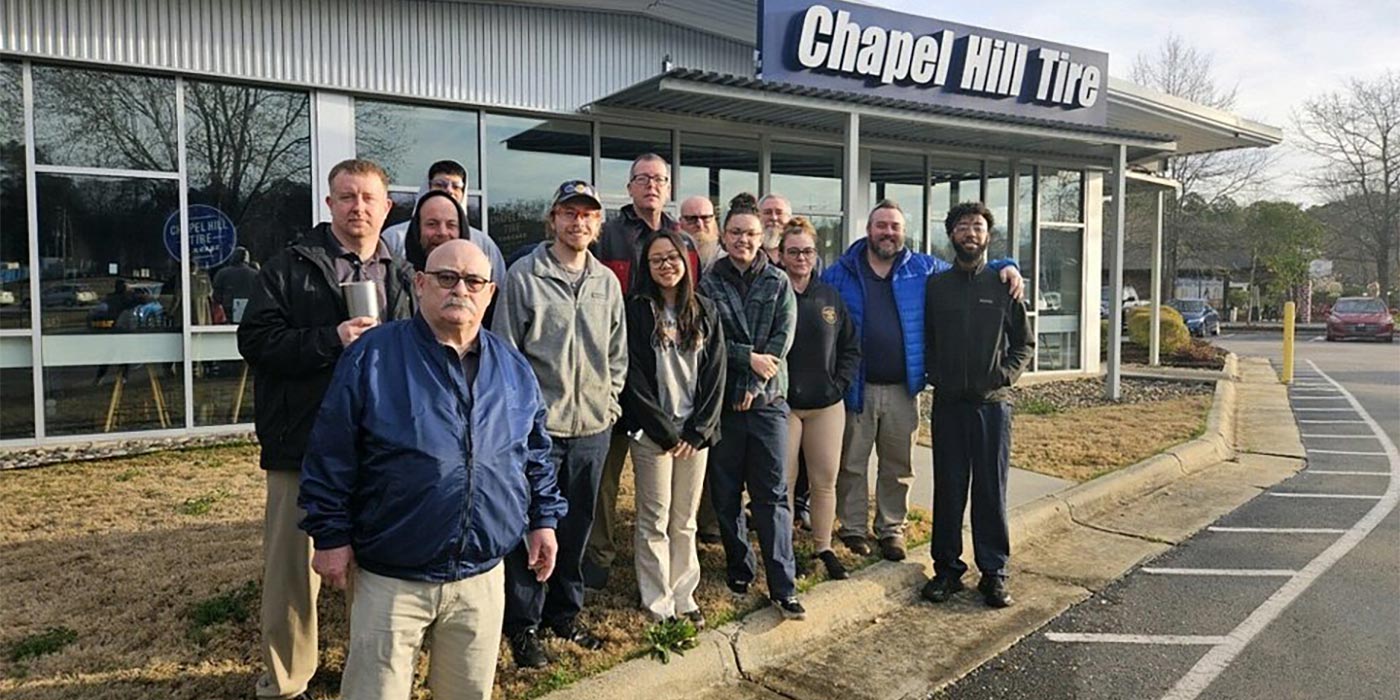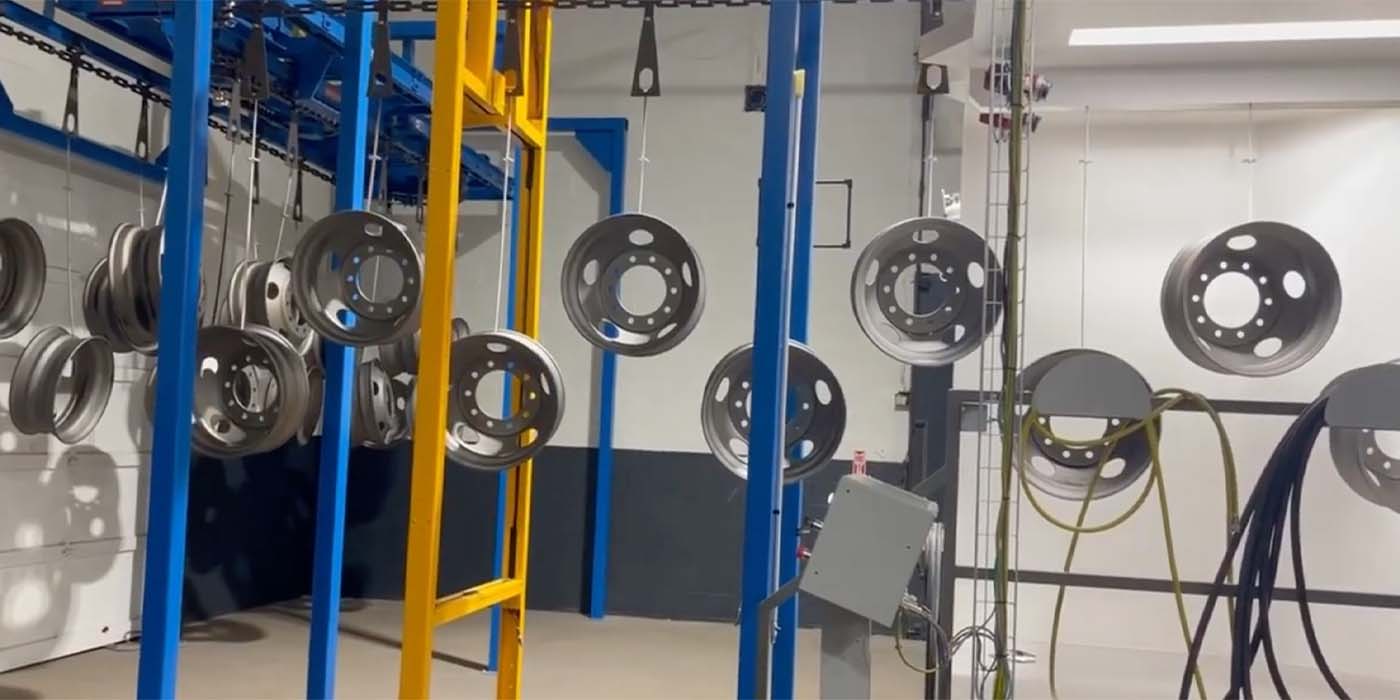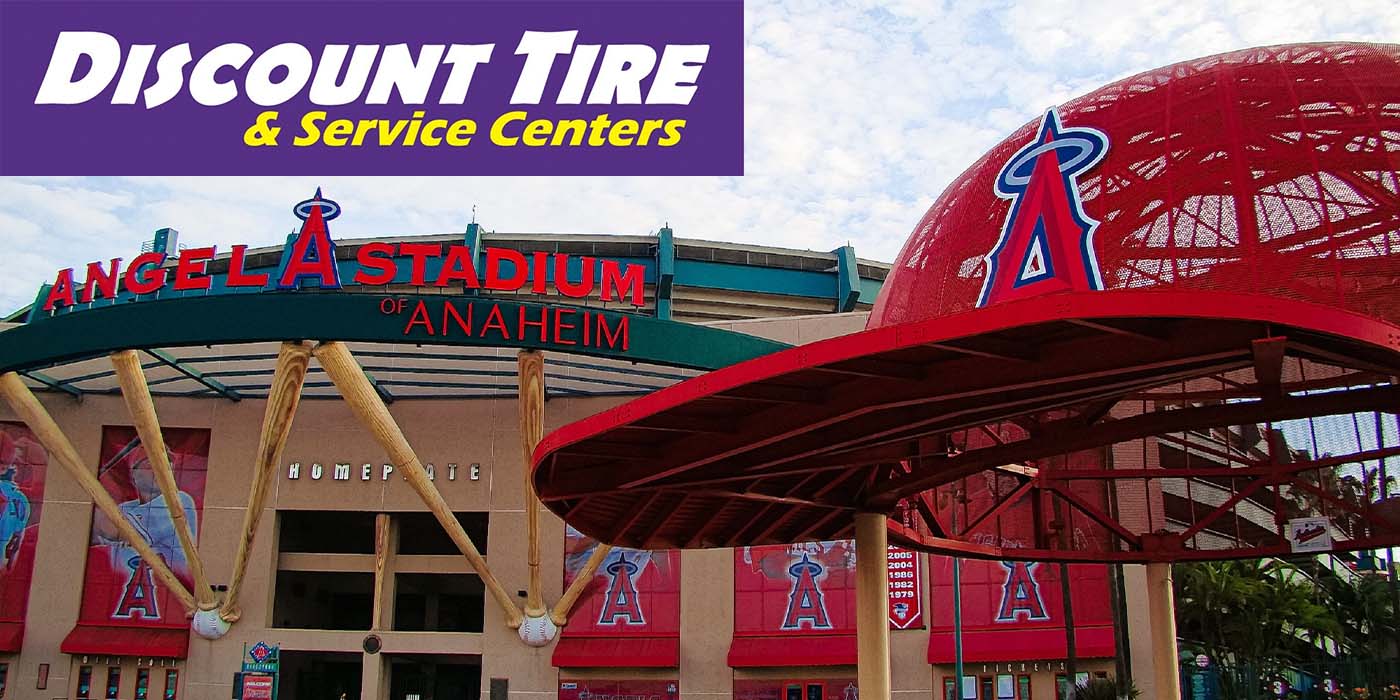In the final quarter of 2010, Bridgestone Corp. announced that it was reorganizing its European operation into key "regions."
At the start of 2011, this plan entered its second phase with the establishment of the North Region (consisting of the U.K., Denmark, Norway, Finland, Ireland and Sweden). As a direct result of this, there were a number of promotions for executives at the company’s U.K. headquarters. 
On Jan. 1, John McNaught became North Region managing director with Sam Enya as the North Region deputy managing director and also sales administration director. At the same time John Folliss became North Region commercial sales and marketing director with Andy Lane taking the position of North Region consumer sales and marketing director.
Six months into his new role, Tyres & Accessories met with Lane and learned details of how the company sees the U.K. and other North Region markets progressing or otherwise this year and how the new approach positions the company to deal with this.
As T&A reported when the initial stages of the strategic adjustment were first announced in September 2010, the North Region countries will now form one region in the European branch of the global Bridgestone organization. But what does regionalization mean for those involved and customers alike? In short, more product focus and an overall streamlining of the company’s efforts, Lane explained, adding that the idea is to make the business “faster, smarter and brighter.”
When Bridgestone started out in Europe a couple of decades or so back, the number of different national markets considered part of the continent was much smaller. During the ensuing years Europe’s geographical market count has swelled to include more than a dozen more nations than initially envisaged. So, while the company was originally set up to manage the product and market needs of its customers and brand across those 12 territories, the reality is that now the company has twice as many countries and twice as many languages to adapt itself to. And this all means that reorganization has become increasingly necessary in order to speed up interaction, communication and faster decision making. As we have seen the decision to make this move was formalized some time ago with the roll out starting last year with central region (that is Germany, Switzerland and Austria).
Before, with so many countries represented and many differing views and priorities within each market, the system was said to have been less efficient with the obvious tendency for the lowest common denominator to win out when so many apparently different priorities were represented in the same room. Now the philosophy is said to be more a question of a “common approach, regionally adapted.”
Before, 25 representatives were trying to achieve the best results for their area. Now it is six, each with responsibilities for (and therefore an interest in the success of) the respective regions. “No good idea came out of a big meeting room,” Lane observed, confident that the reorganization will result in mutually beneficial results for the manufacturer and its customers alike.
In the case of the North Europe region, it is true to say that a number of the former U.K. management team have become region-wide directors, but that doesn’t mean that the U.K. will get any less attention. “Brett Emerson remains the director responsible for sales of consumer products in the U.K.,” Lane told T&A pointing to the stability that the consistency of leadership will bring. Another implication is that with this permanent role the U.K. market’s customers will both benefit from its own variation on the “common approach” while also having a structure in place to respond to their particular needs and feedback.
According to Lane, the practical results of the reorganization should be “more training, more advice and more support.” One example of this is Bridgestone’s plans to launch a pro-winter tire initiative later in the season aimed at communicating the complex messages associated with high quality products to the masses.
The last few years have been tough for the economy in general, but the effect this background has had on the tire business has been quite mixed rather than the outright awful some expected. Could this be because the U.K. passenger car replacement market hasn’t quite bottomed out yet? The economic downturn of the last few years represents Lane’s third recession in the tire business. From this vantage point his view is that tires tend to flow behind other products when it comes to market recovery. Now as in the past Lane believes the business is experiencing something of a “last in, last out” trend.
The current position, as a result of this, is said to be decidedly uncertain. Various sources, including respected third party marketing companies, have suggested that unit sales in the few months since April saw dropped “significantly” compared with last year. At the same time fuel purchasing is said to be down some way, too (around 15% at the last count). This is clearly indicative of a reduction in miles driven and is roughly equivalent to one in six cars being taken off the road – all of which should make those in the tire trade sit up and take notice.
As a result there is now, says Lane, a significant risk that the U.K. market will experience a high single digit to low double-digit drop in sales at the end of 2011. In a mature market like the U.K., everyone is used to fluctuations of one or two points in either direction every year, but it has been some time since the market witnessed changes of this magnitude outside of the truck OE sector recently.
This trend is different to what is taking place in the Nordic and mainland European countries. Here sales are reported to have increased in the region of 10% due to increased consumer confidence and stronger economies (Greece, Spain and Italy aside). When asked how Bridgestone’s U.K. results are holding up in this context, Lane reported that sales of its eponymous premium brand are holding up. However, talking about the market in general, he observed that there are signs that the mid-range is being squeezed by an expanding budget sector. That said, supply constraints are described as a bigger issue than demand. Globally demand is continuing to increase, even pan-European demand, but really the challenge is “getting the right tires to the right customers at the right time.”
Referring to the recent spate of sales and acquisitions in the U.K. tire distribution sector, Lane stated his view that “there is still potential for a new retail entrant into the market despite recent consolidation.” And in spite of the growth of online retailing and mobile fitting “high street outlets” will always remain.
Bridgestone considers Europe to be the most competitive market in the world. Likewise, the U.K. market is amongst the most competitive (particularly considering the mature nature of the wholesale sector) in Europe. Therefore, in light of the challenges presented by the economic situation, supply pressures and the changing face of the market, manufacturers, retailers and wholesalers have to become even more professional and have to think in terms of partnerships. Partnerships, says Lane, can focus on three fronts: the fact that the market is more uncertain than it has been in the past; that consumer messages are complex; and the reality that this is all set against a highly competitive context.
In addition, there is increasing evidence that the U.K. market is experiencing a trend toward the separation of owner and executive. Whereas before many companies were founded, owned and run by the same people, for a variety of reasons this is now changing.
Instead, U.K. tire companies are increasingly owned by shareholders, private equity and other investors thereby altering the priorities of those actually running the businesses. Historically, well-run family businesses have been cash-rich and happy to concentrate their businesses in areas of success. Relatively free from debt, these businesses have expanded at the rate and on the timing that they deemed appropriate.
Firms backed by outside financing, on the other hand, often feel pressure to deliver rapid expansion and return on investment to their backers. They need to be able to deliver “added value,” which Lane points to as another reason for working in mutually beneficial partnerships within the market.
And finally, if indeed the full-year 2011 U.K. tire market size does fall in the 5% to 10% range that Lane predicts compared with 2010, there will be an increased need for everyone in the market to maximize their margins on the tires they do sell. As Lane says, in times such as these, partnerships within the market – not to mention internally streamlined operations – count. (Tyres & Accessories)



